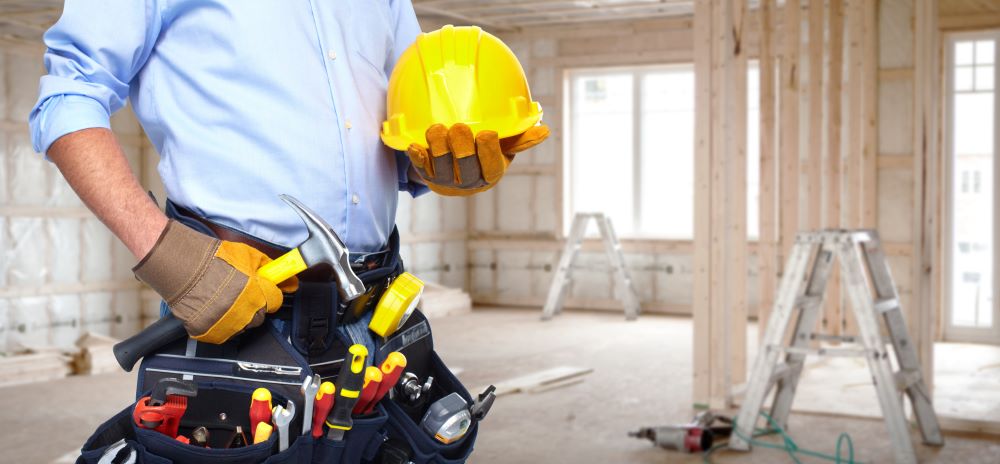
January 31, 2022

Atlanta home builders and contractors had a bumpy ride last two years. Rising material costs, supply chain disruptions, labor shortages, and lower sales combined for a perfect storm of challenging business conditions. Many contractors and developers relied on tax benefits to get by. Some were temporary, like COVID-related tax credits, and others, like energy-efficient tax credits, were industry-specific. In any case, tax incentives helped provide cash flow in an uncertain environment.
One valuable but an under-utilized tax credit for home builders and contractors was Section 45L. Section 45L was in effect from 2006 through 2021. It provided a tax credit of up to $2,000 per residential dwelling unit when certain energy efficiency standards were met. Though it recently expired, residential developers and contractors can still reap the benefit on the current year’s tax return. To help clients, prospects, and others, Wilson Lewis has provided a summary of the key details below.
It’s a somewhat newer tax credit, having only been introduced starting in 2006. Section 45L gives eligible taxpayers up to $2,000 at tax time for certain types of residential properties that meet energy efficiency standards.
To qualify, a taxpayer must be a contractor or developer. Eligible residential dwelling units are either:
If the property was built or retrofitted after August 8, 2005, and sold or leased on or before December 31, 2021, it can qualify. Units cannot be more than three stories tall, excluding below-grade structures, like a parking garage.
Many different types of projects could qualify, from primary residences to rental properties, university dorms, nursing homes, vacation homes, apartments, and more.
The tax benefit can be substantial. $2,000 per unit is available for energy usage that meets or exceeds 50 percent energy savings for heating and cooling costs compared to the 2006 International Energy Conservation Code (IECC). At least one-fifth of the energy savings must come from the building envelope. Manufactured homes that meet Federal Manufactured Home Construction and Safety Standards also qualify.
A lower tax credit can also be taken. $1,000 per unit is available to contractors for manufactured homes that meet Federal Manufactured Home Construction and Safety Standards. The lower credit applies if the unit meets a 30 percent energy efficiency standard, as described above. The building envelope must contain at least one-third of the energy savings.
The lower tax credit is also available to manufactured homes that meet ENERGY STAR requirements.
Section 45L applies to new construction as well as energy upgrades in retrofits of existing buildings. Both need an independent, third-party energy analysis. A contractor that claims the tax credit must have owned the unit when it was constructed or being renovated.
Before a home builder can submit a claim for Section 45L, a third-party energy analysis must be performed. This is to ensure the property meets Department of Energy-mandated energy efficiency requirements.
The field verification process is different depending on whether the home is new or existing construction. Newly constructed homes require a Department of Energy (DOE)-approved software to perform computer modeling. More information about DOE software is included below as a reference.
For new homes, software reports should include (among the energy usage calculations):
Energy upgrades or retrofit projects on existing construction aren’t required to use the same software, though computer modeling is still needed for some calculations. The home’s baseline energy usage is enough to compare the subsequent energy use improvements. Tests will be performed on the home’s lighting, HVAC, air distribution, hot water system, and other home energy systems.
Then, when filing the annual tax return, file Form 8908, Energy Efficient Home Credit, for each qualifying home sold or leased during the tax year. Note that the home must then be used as a residence. Rentals are allowed.
Developers and contractors may need to be aware that the DOE mandates certain software for the energy analysis. Depending on which year the credit is for software requirements may change. Developers should ensure that the third-party professional conducting the analysis is working with a version of the software with an acceptable expiration date.
It’s possible that Section 45L could be retroactively extended if the Build Back Better Act, or some version of it, passes the Senate. While Democrats hoped the Build Back Better Act would pass at the end of 2021, it stalled in the Senate and discussions continue without a clear picture of what the future holds for the legislation – or its individual provisions.
As it was proposed, Section 45L was supposed to be split into two camps: single-family and multi-family homes. The tax credit for single-family homes was proposed to increase to $2,500 per unit but would need to adhere to stricter energy use standards. A bonus credit of up to $5,000 per unit would be available if the home met the DOE’s guidelines for Zero Energy Ready.
Tax credits for multi-family units were to start out lower, at $500 each, with options to increase to $2,500 for adhering to stricter standards. A higher base credit (with an option for a bonus credit) was also proposed for units that met higher energy standards.
The Section 45L tax credit can provide significant savings to Atlanta real estate contractors and developers. Since it just expired it is imperative to thoroughly review 2021 activities to determine if you qualify. If there are questions about the information outlined above or you need assistance with an accounting or tax issue, Wilson Lewis can help. For additional information call us at 770-476-1004 or click here to contact us. We look forward to speaking with you soon.